Not every tomato is honored to be included in the State Register of Varietal Crops, because for this a tomato must undergo a number of tests and scientific research. A worthy place in the State Register is occupied by a hybrid of Dutch selection - the President F1 tomato. Scientists have researched this variety for several years, and in 2007 recognized it as one of the best tomatoes for open ground and for film shelters. Since then, the President has been gaining popularity, becoming a favorite with an ever-growing number of gardeners.
From this article you can find out about the characteristics of the President tomato, its yield, see photos and read reviews. It also explains how to grow this variety and how to care for it.
Characteristic
Tomatoes of the President variety are the ones that you like at first sight. First of all, attention is attracted by even, rounded fruits that have almost the same size and shape. From the photo of the bush, you can see that the plant itself is also quite beautiful - a powerful liana, the length of which can reach three meters.
The characteristics and description of the variety of the tomato President are as follows:
- a plant of an indeterminate type, that is, the bush does not have an end point of growth - a tomato is formed depending on the height of the greenhouse or trellis;
- the leaves on the tomato are small, painted in a dark green tint;
- the first flower ovary is laid above 7-8 leaves, subsequent brushes are located every two leaves;
- there are few stepsons on the bushes, but they need to be removed in a timely manner;
- the ripening period of the variety is early - on the ground the tomato ripens by the 95-100th day, in the greenhouse it ripens a few days earlier;
- tomato The President must be tied up, although his shoots are quite powerful and strong;
- 5-6 tomatoes are formed in each brush;
- the average weight of a tomato is 300 grams, all fruits from one bush are approximately the same in size;
- in an unripe state, tomatoes are light green, when ripe, they turn red-orange;
- the shape of the fruit is round, slightly flattened at the top;
- the peel on the fruits is dense, so they tolerate transportation well, they can be stored for up to three weeks;
- the pulp of a tomato is juicy, dense, the seed chambers are filled with juice and seeds;
- the taste of freshly picked tomatoes is average: like all hybrids, the President is somewhat "plastic" in taste and not particularly aromatic;
- the yield of the variety is good - up to 9 kg per square meter;
- a big plus of the President F1 variety is its resistance to most diseases.
The description of this tomato will be incomplete, if not to mention one amazing feature of its fruits. After harvesting, the harvest is laid out in boxes and stored for 7-10 days in a dark place at room temperature. During this time, fermentation takes place in tomatoes, they gain sugar content and taste. As a result, the taste characteristics of such matured fruits are considered quite high - the hybrid President can even compete with varietal garden tomatoes.
Strengths and weaknesses of the variety
Tomatoes President F1 are very widespread in domestic gardens and farm fields (greenhouses), and this definitely testifies in favor of this variety. Most gardeners, who once planted a tomato on their plots, continue to cultivate the variety in subsequent seasons. And this is not surprising, because the F1 President has a lot of advantages:
- high productivity;
- good presentation and taste of fruits;
- keeping quality of tomatoes and their suitability for transportation;
- resistance to the main "tomato" diseases;
- unpretentiousness of plants;
- the universal purpose of the fruit;
- the possibility of growing crops in a greenhouse and in the open field.
Reviews of the variety are mostly positive. Gardeners note only a couple of disadvantages of this tomato:
- long stems need careful tying;
- 5-6 tomatoes ripen in the brush at the same time, each of which weighs about 300 grams, so the brush may break off if you do not install a support;
- in the northern regions, it is better to plant the President variety in a greenhouse, since the culture is early maturing.
Like any other tomatoes, the President bears fruit best in the gardens and fields of the south of the country (North Caucasus, Krasnodar Territory, Crimea), but in other regions, the yield indicators are quite high.
Growing
Tomatoes President will be able to show the genetic factors inherent in them in all their glory only in conditions of high agricultural technology. Although this culture is unpretentious, it is necessary to follow some rules for the cultivation of hybrid tomatoes.
So, to grow tomatoes of the President variety should be as follows:
- Seeds for seedlings for early maturing varieties are sown 45-55 days before the intended transplantation into the ground (greenhouse).
- The soil of this tomato needs light and nutritious. If the land on the site does not meet these requirements, it is necessary to improve its composition artificially (add peat, humus, apply fertilizers or wood ash, river sand, etc.).
- Do not over-stretch the seedlings. Like all early ripening varieties, the President will have to be supplemented with electric lamps. Daylight hours for this tomato should be at least 10-12 hours.
- At the stage of planting in the ground, the seedlings should have a powerful stem, 7-8 true leaves, a flower ovary is possible.
- It is necessary to form a bush, according to the instructions of the manufacturer of the variety, in 1-2 stems - so the yield of the tomato will be maximum.
- The stepchildren break off regularly, preventing them from overgrowing. It is better to do this in the morning, after watering the bush. The length of the processes should not exceed 3 cm.
- The stems are regularly tied up, observing their growth. It is more convenient to use trellises for this; on the ground, supports in the form of wooden pegs are also suitable.
- As a result of the formation on each bush, there should be up to eight fruit clusters. It is better to remove the rest of the ovaries - they will not have time to ripen, or the tomato will not have enough strength to ripen all the fruits.
- You need to feed the President often and in large quantities. This tomato loves the alternation of organic and mineral fertilizers; foliar dressing in the form of leaf spraying is also necessary.
- For all fertilizers to reach the roots of the tomato, the soil must be well moistened. Therefore, it is necessary to water the President's tomato often and abundantly. In greenhouses, drip irrigation systems have proven themselves well.
- The soil around the bushes is mulched or constantly loosened to prevent mold and fungal infections of tomatoes.
- For preventive purposes, the bushes are treated with chemicals several times per season, stopping disinfection during the formation and ripening of fruits on the bushes. If the tomato gets sick during this period, you can try folk remedies (wood ash, soapy water, copper sulfate, and others).
- Greenhouses must be ventilated, since the President variety is not very resistant to late blight. On the ground, a loose planting pattern is observed (maximum three bushes per square meter) so that the plants are well lit and receive a sufficient amount of air.
- For pests, the F1 President tomato is not particularly attractive, so insects rarely appear. For the purpose of prevention, you can treat the bushes with "Confidor", diluting the product in water, according to the instructions.
- Tomatoes ripen approximately 60-65 days after planting seedlings in the ground or in a greenhouse.
The harvested crop is perfectly stored in a cool place with normal humidity. The fruits are tasty fresh, suitable for canning and any other purpose.
Feedback
Summary
F1 President is a great all-purpose hybrid tomato. You can grow this variety in a greenhouse, on the ground or in a farm field - the tomato shows high yields everywhere. There are no difficulties in caring for the culture, but do not forget that the plant is indeterminate - the bushes must be constantly tied up and pinned.
In general, the President variety is excellent for growing on an industrial scale, for those who are selling their own fresh produce. This tomato will become an excellent "lifesaver" for ordinary gardeners, because its yields are stable, practically independent of external factors.
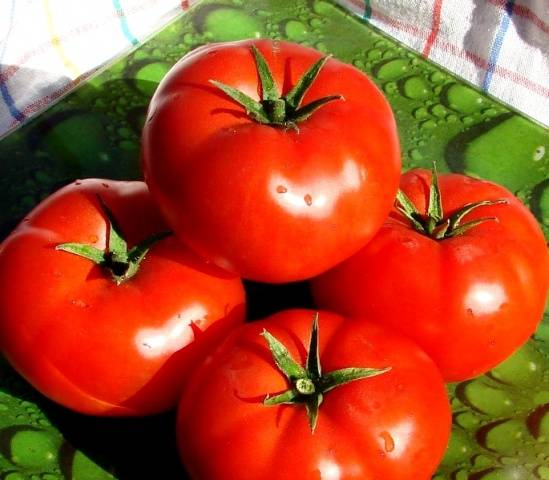
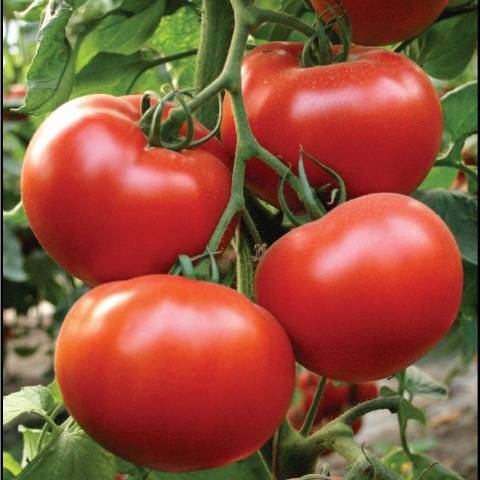
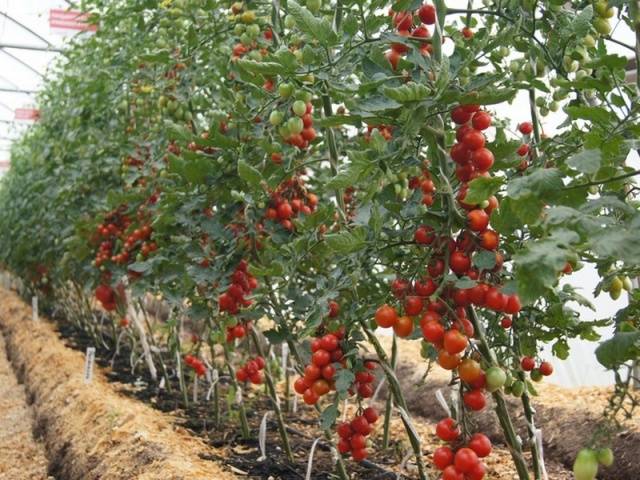
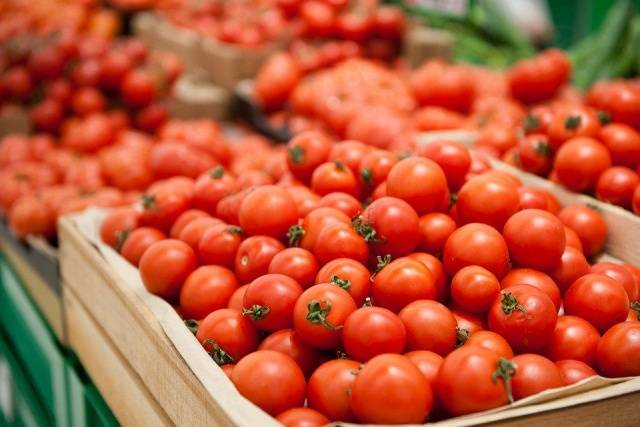

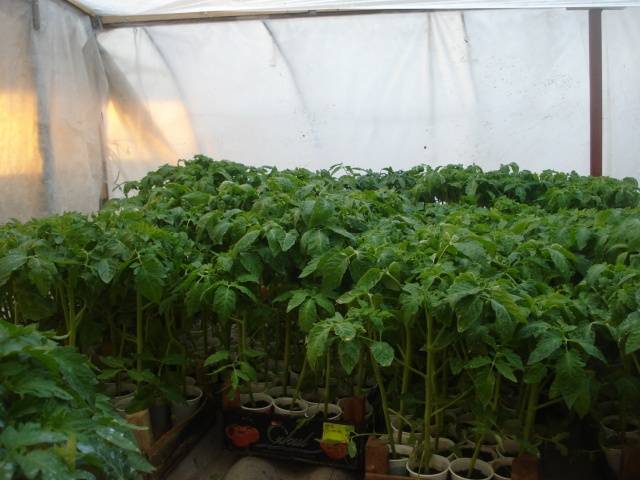
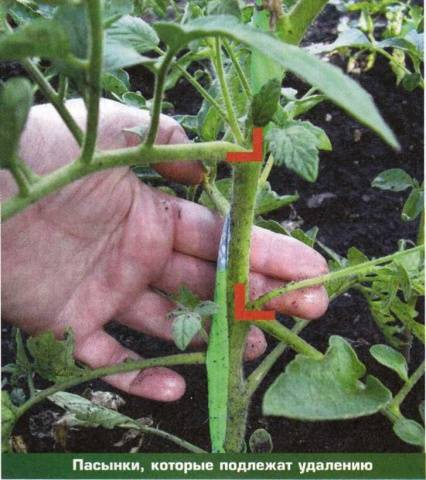
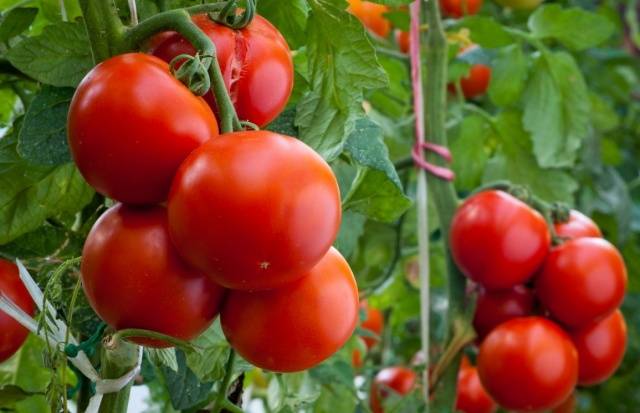
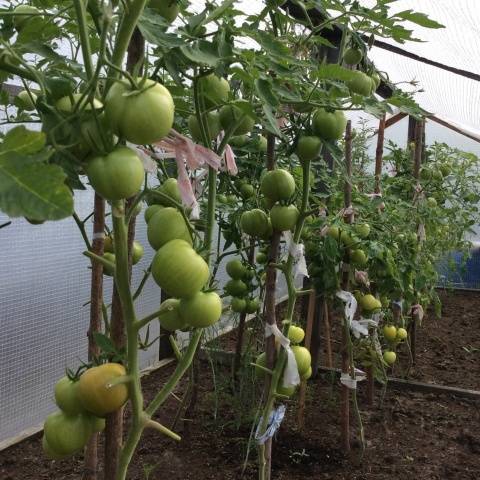
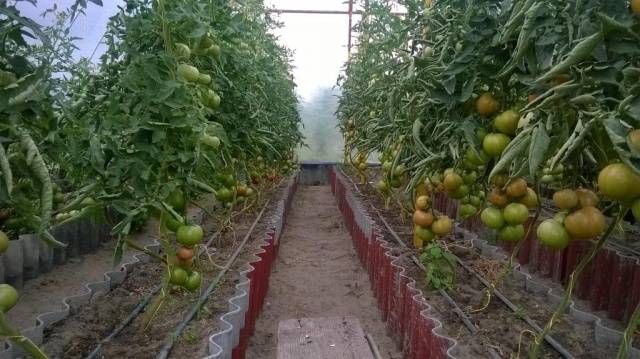

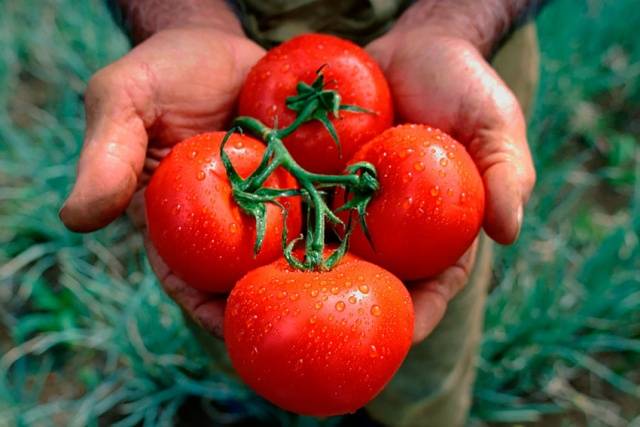

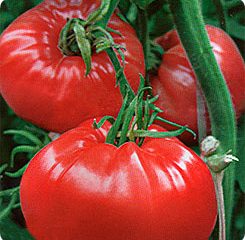



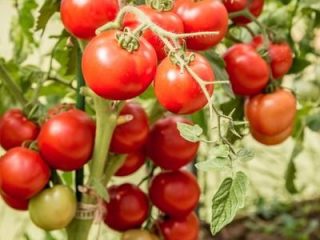



The shape is beautiful. The taste is bad. The pulp is sinewy. I do not recommend it.